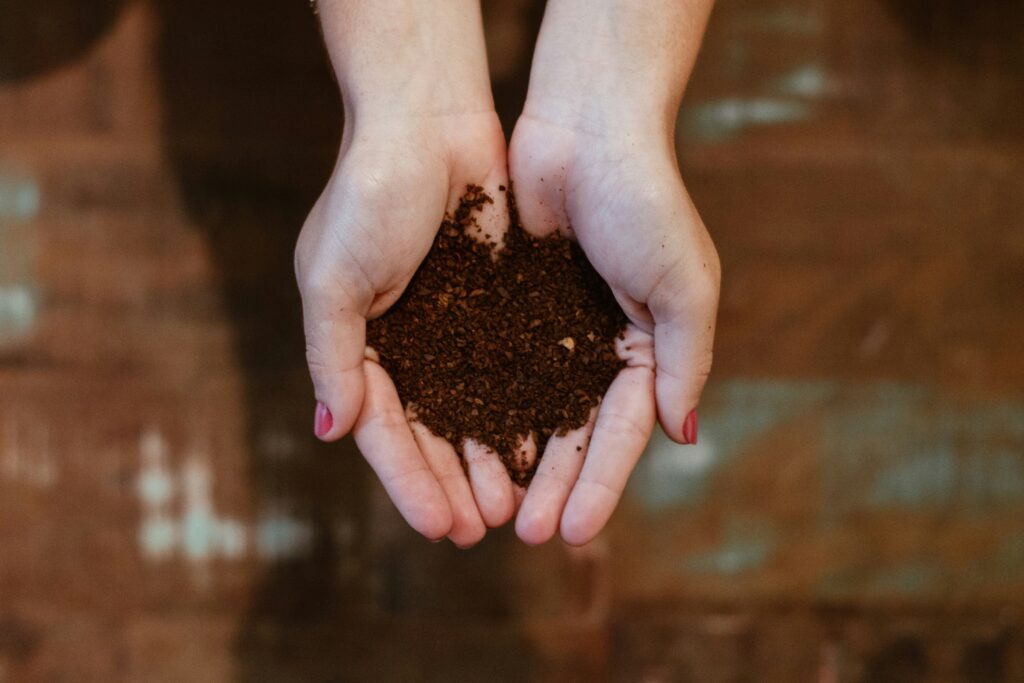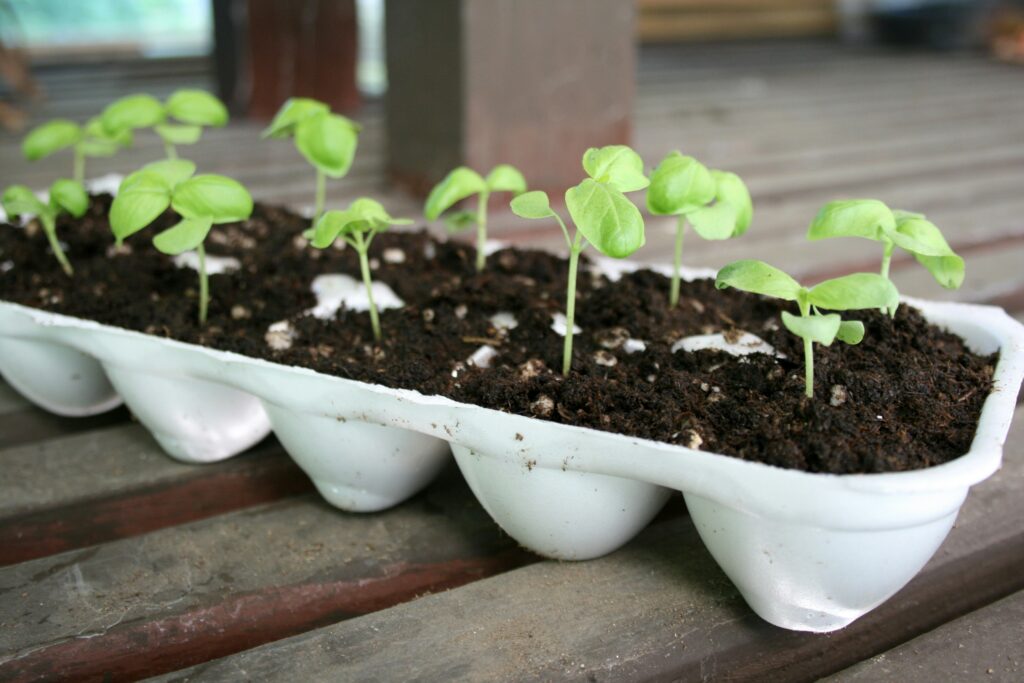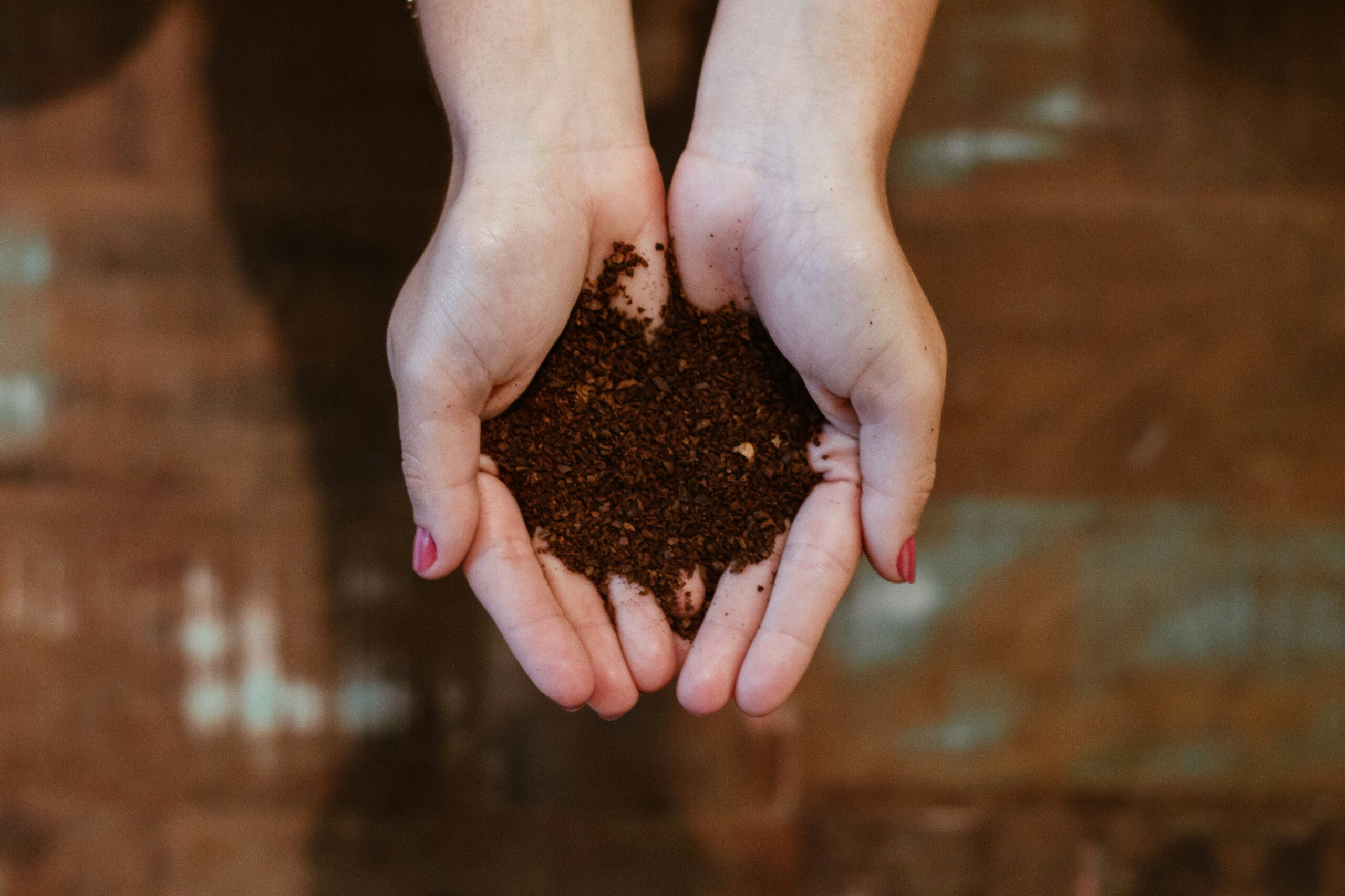
Disclosure: This article contains affiliate links. If you buy through these links, I may earn a small commission at no extra cost to you. Thanks for supporting HomeGrower!
Finding the best soil for growing food indoors in the UK can make all the difference when you’re raising herbs, salad greens, chillies, or even tomatoes on your windowsill or under grow lights. The right compost keeps plants healthy, prevents pests, and helps you get better harvests with less hassle.
Why You Shouldn’t Use Garden Soil Indoors
It’s tempting to scoop up soil from outside, but it’s rarely the best soil for growing food indoors in the UK. Garden soil:
- Is heavy and compacts easily in pots.
- Doesn’t drain well, which can suffocate roots.
- Brings in pests, weed seeds, and fungal spores.
Outdoors, natural predators keep these problems in check. Indoors, they quickly become a nuisance.
Compost, Potting Mix, and Seed-Starting Mix – Which Is Best?
When choosing the best soil for growing food indoors in the UK gardeners can buy, it helps to understand the differences:
- Multi-purpose compost: Readily available, but quality varies. Fine for potting on, not ideal for germination.
- Potting mix: Designed for containers. Light, airy, and usually enriched with nutrients. Perfect for herbs and leafy greens indoors.
- Seed-starting mix: Fine, sterile, and low in nutrients. Ideal for germination, as it reduces the risk of damping-off and fungus gnats.
👉 You can see seed-starting mixes on Amazon, or check potting compost options here.

Starting with Seeds vs. Potting On
The best soil for growing food indoors changes as plants grow:
- Seed Stage
Seeds don’t need heavy nutrients. A fine, sterile seed-starting mix helps them sprout safely without fungus problems. - Potting On
Once seedlings have true leaves, move them into a richer potting mix. This supports stronger roots and steady growth. - Mature Plants
Fruiting crops like tomatoes and peppers thrive in a nutrient-rich blend such as tomato compost or vegetable grow bags. Herbs and salad greens stay happy in regular indoor compost.
Think of it like baby food → solid meals → a full diet.
The Fungus Gnat Problem
One of the biggest mistakes beginners make when looking for the best soil for growing food indoors in the UK is grabbing cheap compost. I learned this the hard way: within days of planting herbs, my kitchen filled with fungus gnats.
These tiny black flies breed in damp organic matter and are surprisingly hard to get rid of. Their larvae nibble roots and can weaken young seedlings.
How to avoid them:
- Always use sterile indoor compost.
- Let the top layer dry slightly between waterings.
- Sticky traps and better airflow can help if they appear.
Since switching to sterile mixes, I haven’t had gnats indoors again.
What to Look For in Indoor Growing Soil
When picking the best soil for growing food indoors in the UK growers should check for:
- Light texture that won’t compact.
- Good drainage, often with perlite or vermiculite.
- Sterility, to reduce pests and fungal issues.
- Peat-free where possible (eco-friendly and now common).
Optional extras like added mycorrhizae or slow-release feed can boost growth but aren’t essential.
Do Different Crops Need Different Soil?
- Herbs & salad leaves: Happy in most indoor potting mixes.
- Tomatoes & peppers: Do best in compost enriched with extra nutrients.
- Microgreens: Grow well in seed-starting mix, coir, or even kitchen paper.
For simplicity, one good-quality indoor compost will suit most growers — just top up nutrients as plants mature.
✅ Bottom line: The best soil for growing food indoors in the UK growers can rely on is a sterile seed-starting mix for germination, followed by a peat-free potting mix as seedlings develop, and a nutrient-rich compost for mature or fruiting crops. This approach avoids fungus gnats, keeps plants healthy, and leads to better harvests indoors.
Now that you know what soil to use, you might like my guide on How to Grow Vegetables Indoors in Buckets. If you’re planning to grow through winter or have limited natural light, take a look at my article on the Best Indoor Grow Lights for Beginners.
Looking for more self-sufficiency and gardening guides? Visit HomeGrower to explore all our latest indoor and outdoor growing tips.
For further trusted advice, the Royal Horticultural Society (RHS) has an excellent library of resources on compost, soil health, and plant care.
What is the best soil for growing food indoors in the UK?
The best soil for growing food indoors in the UK is a sterile seed-starting mix for germination, followed by a peat-free potting compost as seedlings develop, and finally a nutrient-rich tomato or vegetable compost for mature plants.
Can I use garden soil indoors for growing vegetables?
It’s not recommended. Garden soil is heavy, doesn’t drain well, and often carries pests like fungus gnats. For indoor food growing, sterile compost or potting mixes are much better.
Do I need different compost for herbs, salads, and tomatoes?
Yes. Herbs and salads grow well in a standard potting compost, while fruiting plants like tomatoes and peppers do best in a nutrient-rich tomato compost.
How do I stop fungus gnats in indoor compost?
Use sterile seed-starting and potting mixes, let the soil surface dry slightly between watering, and consider sticky traps if gnats appear
Is peat-free compost good for indoor food growing?
Yes. Peat-free composts are now high quality, eco-friendly, and widely available in the UK. They’re suitable for most indoor edible crops.
